Basye Blueberry Rose
luvahydrangea
12 years ago
Featured Answer
Sort by:Oldest
Comments (16)
roseseek
12 years agolast modified: 9 years agoTNY78
12 years agolast modified: 9 years agoRelated Professionals
West Milford Landscape Architects & Landscape Designers · Tempe Landscape Architects & Landscape Designers · Deer Park Landscape Architects & Landscape Designers · Leawood Landscape Architects & Landscape Designers · Roosevelt Landscape Architects & Landscape Designers · Battle Ground Landscape Contractors · Berkeley Heights Landscape Contractors · Bridgeview Landscape Contractors · Bristol Landscape Contractors · Caldwell Landscape Contractors · Camp Verde Landscape Contractors · Corona Landscape Contractors · La Verne Landscape Contractors · Vashon Landscape Contractors · Wethersfield Landscape Contractorsluvahydrangea
12 years agolast modified: 9 years agoclanross
12 years agolast modified: 9 years agoroseseek
12 years agolast modified: 9 years agohenry_kuska
12 years agolast modified: 9 years agoroseseek
12 years agolast modified: 9 years agosammy zone 7 Tulsa
12 years agolast modified: 9 years agosammy zone 7 Tulsa
12 years agolast modified: 9 years agoroseseek
12 years agolast modified: 9 years agosammy zone 7 Tulsa
12 years agolast modified: 9 years agostrawchicago z5
12 years agolast modified: 9 years agoroseseek
12 years agolast modified: 9 years agostrawchicago z5
12 years agolast modified: 9 years agoroseseek
12 years agolast modified: 9 years ago
Related Stories

GARDENING GUIDESGreat Design Plant: Grow Blueberries for Their Fruit and More
Eastern gardeners should consider growing blueberry plants for their delicious fruits, bee-friendly spring blooms and brilliant fall foliage
Full Story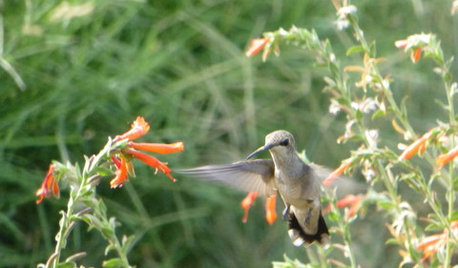
GARDENING GUIDESSweet Serendipity: Opening to Happy Garden Discoveries
Unplanned nature scenes can be unbelievably beautiful; you just need to know how to look
Full Story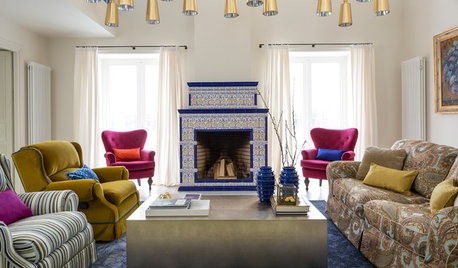
TASTEMAKERSWorld of Design: Where Color Trends Begin
Colors go in and out of vogue. Here’s how they make their way into our home decor
Full Story
GARDENING GUIDESNew Ways to Think About All That Mulch in the Garden
Before you go making a mountain out of a mulch hill, learn the facts about what your plants and soil really want
Full Story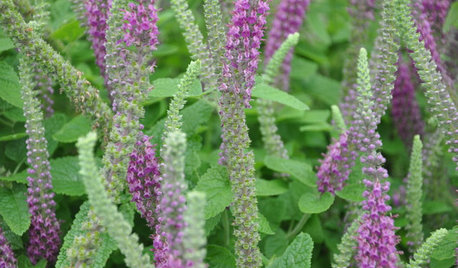
FEEL-GOOD HOME9 Smells You Actually Want in Your Home
Boost memory, enhance sleep, lower anxiety ... these scents do way more than just smell good
Full Story
GARDENING GUIDESWhat Are Your Spring Gardening Plans?
Tearing out the lawn? Planting edibles? Starting from scratch? Tell us what you plan to change in your garden this year
Full Story
FARM YOUR YARDHouzz Call: Home Farmers, Show Us Your Edible Gardens
We want to see where your tomatoes, summer squashes and beautiful berries are growing this summer
Full Story
GARDENING GUIDES10 Easy Edibles for First-Time Gardeners
Focus on these beginner-friendly vegetables, herbs, beans and salad greens to start a home farm with little fuss
Full Story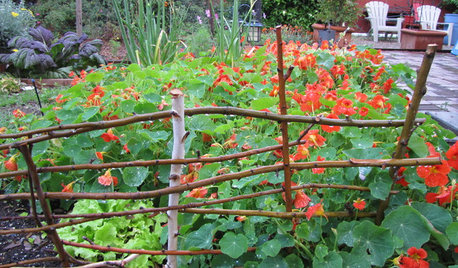
GARDENING GUIDES6 Gift-Giving Gardens for Delights Beyond the Visual
Grow your own natural dyes, snip herbs for home brews and more ... these creative gardens have benefits beyond beauty alone
Full Story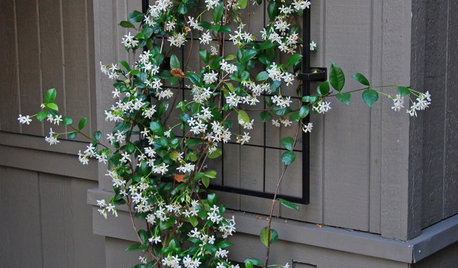
FEEL-GOOD HOMESimple Pleasures: Scent and Memory
Fragrant jasmine, fresh-brewed coffee, baking bread. Scents can evoke memories and bring sensory pleasure to our homes
Full StoryMore Discussions



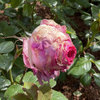

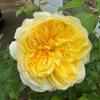
roseseek